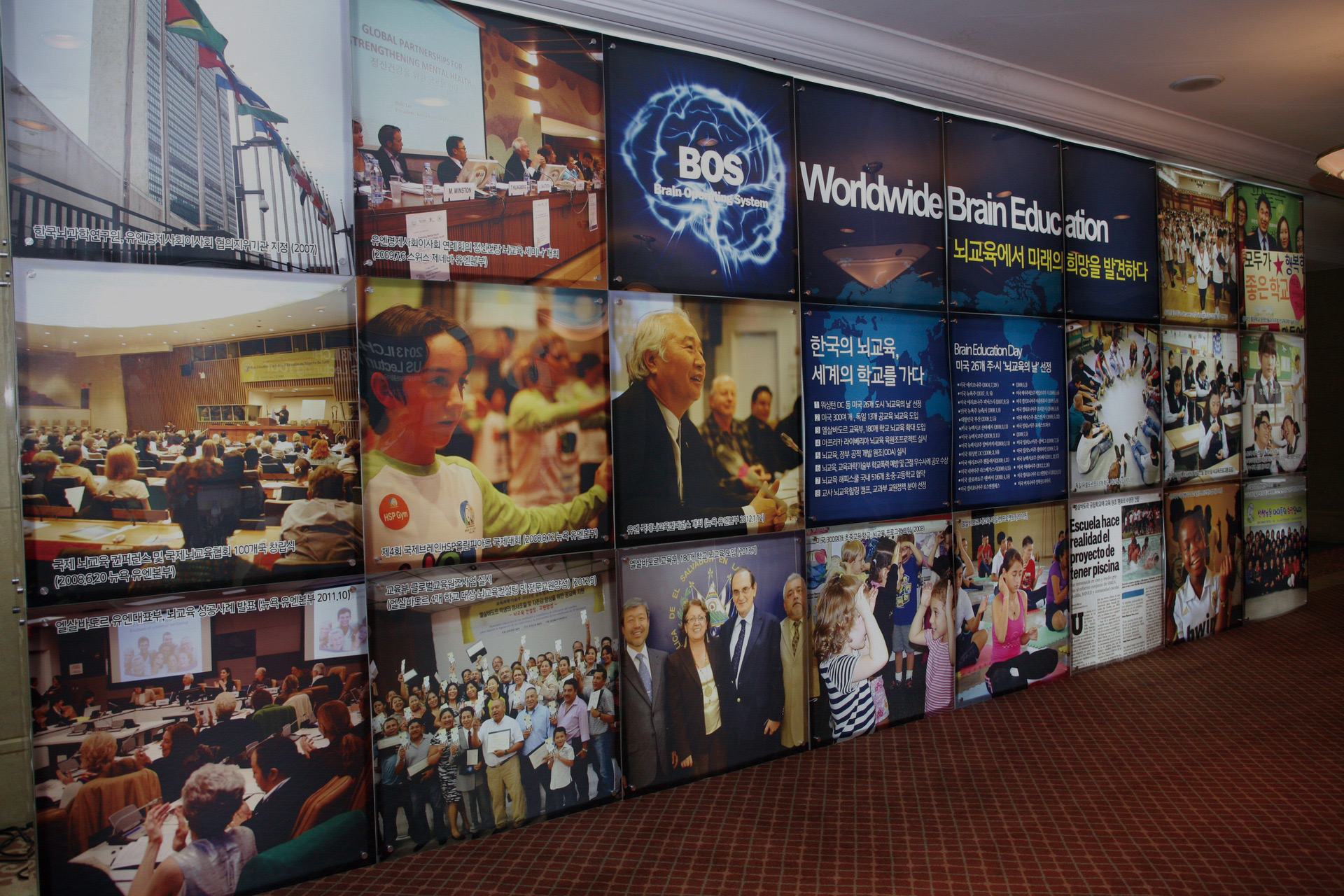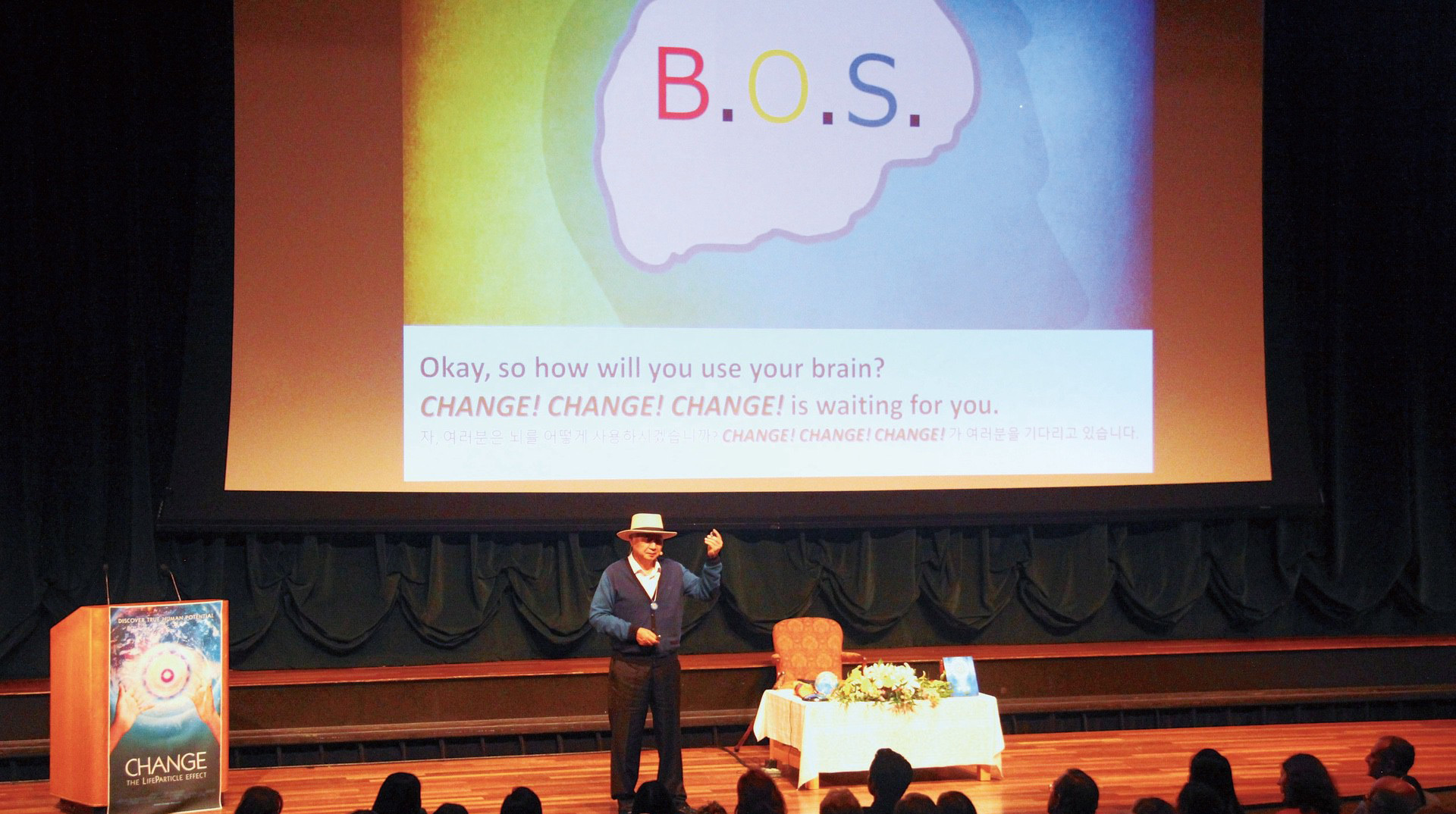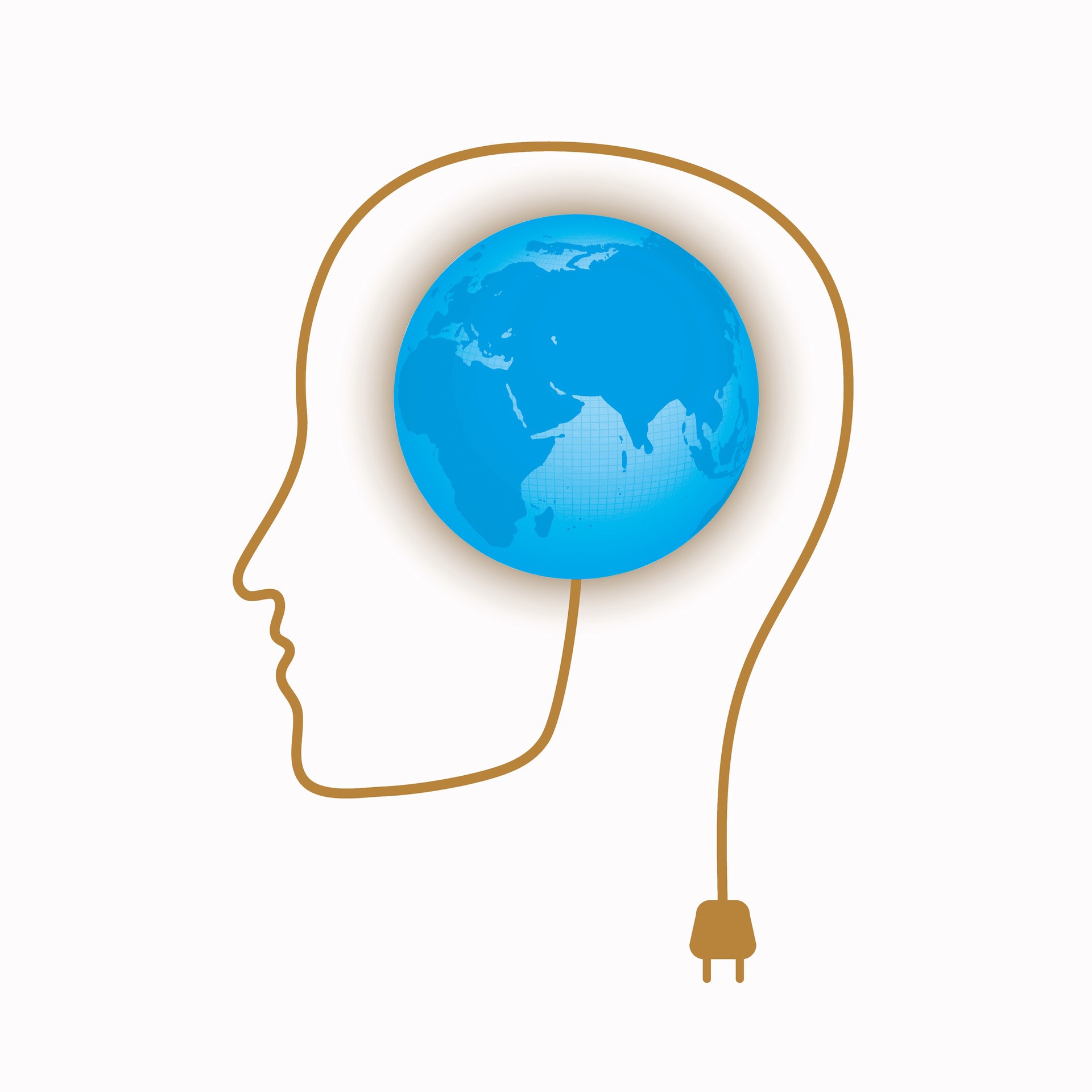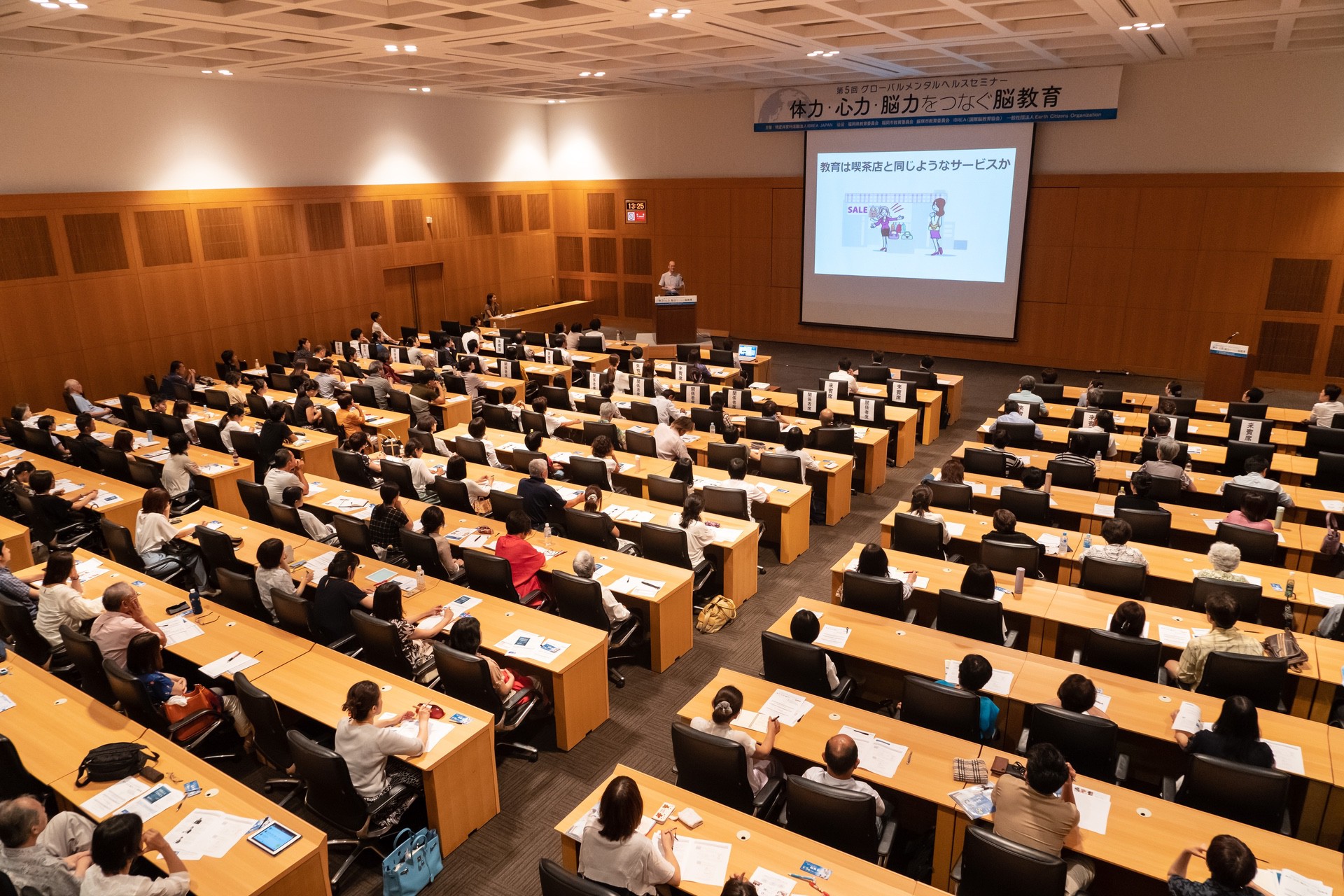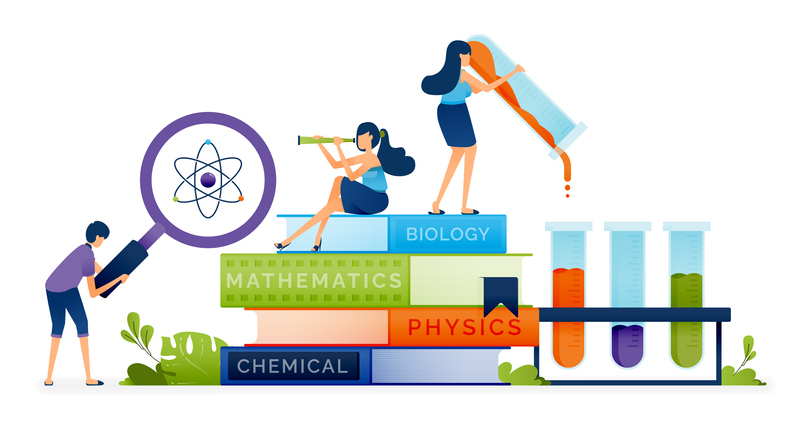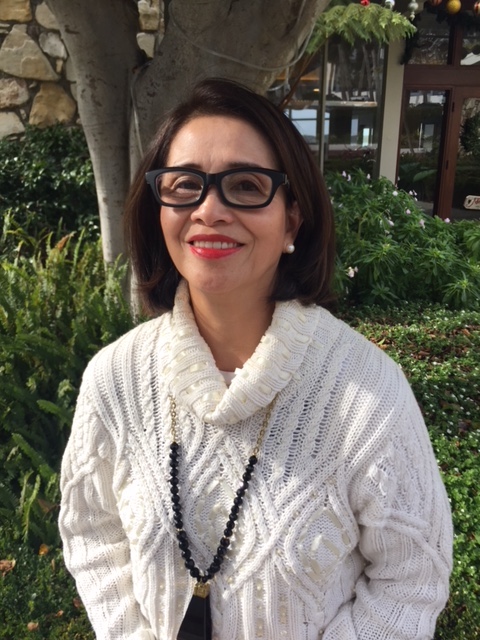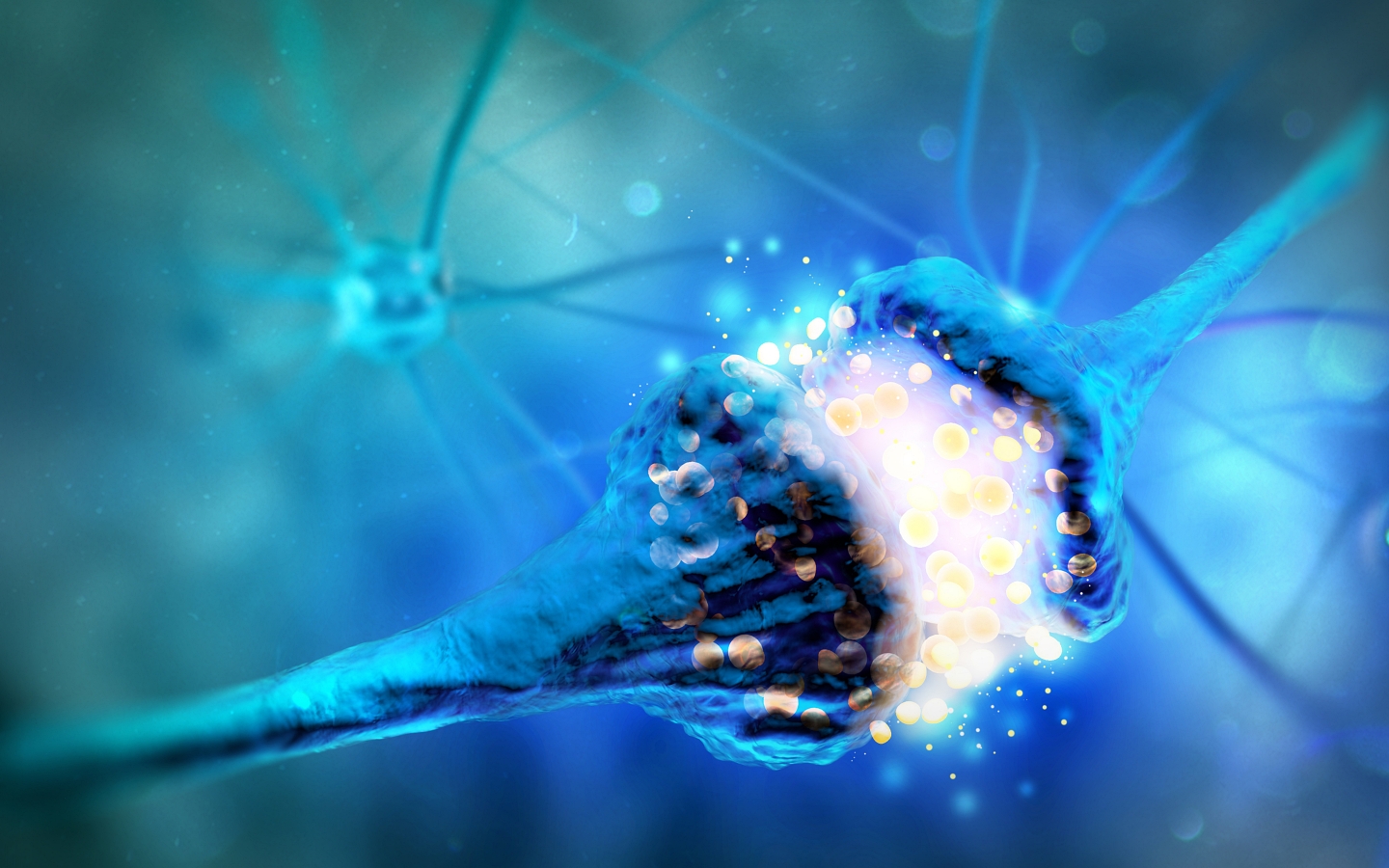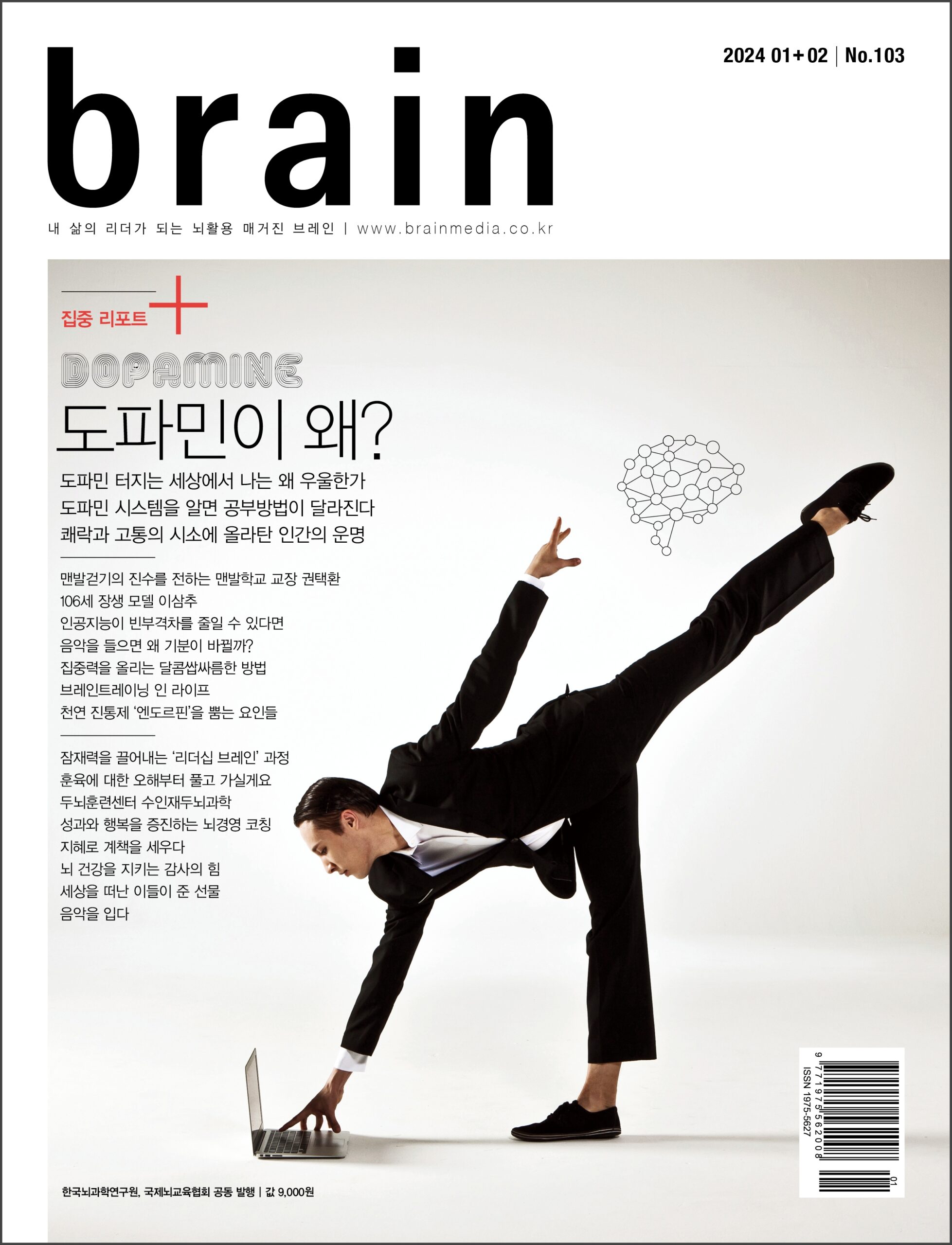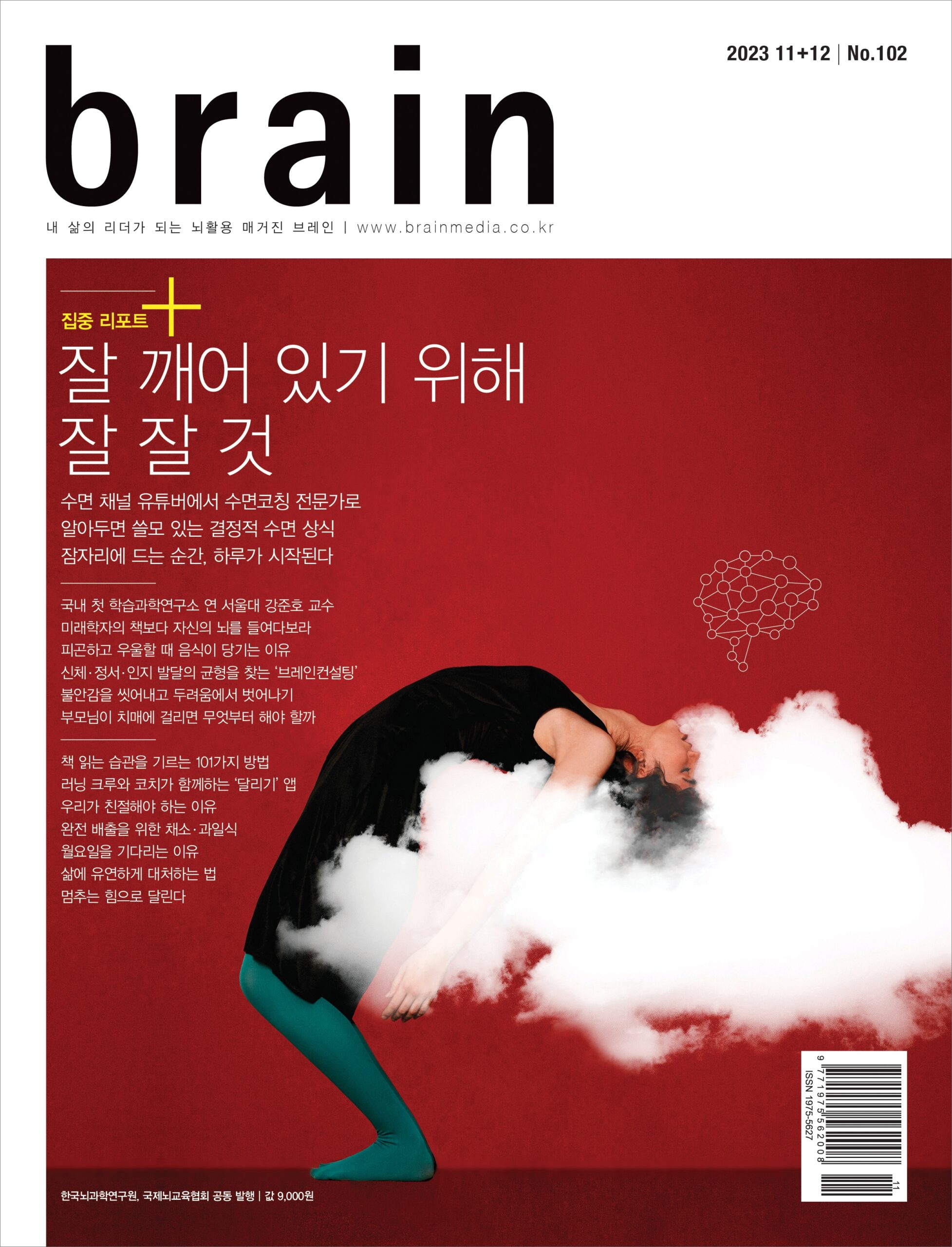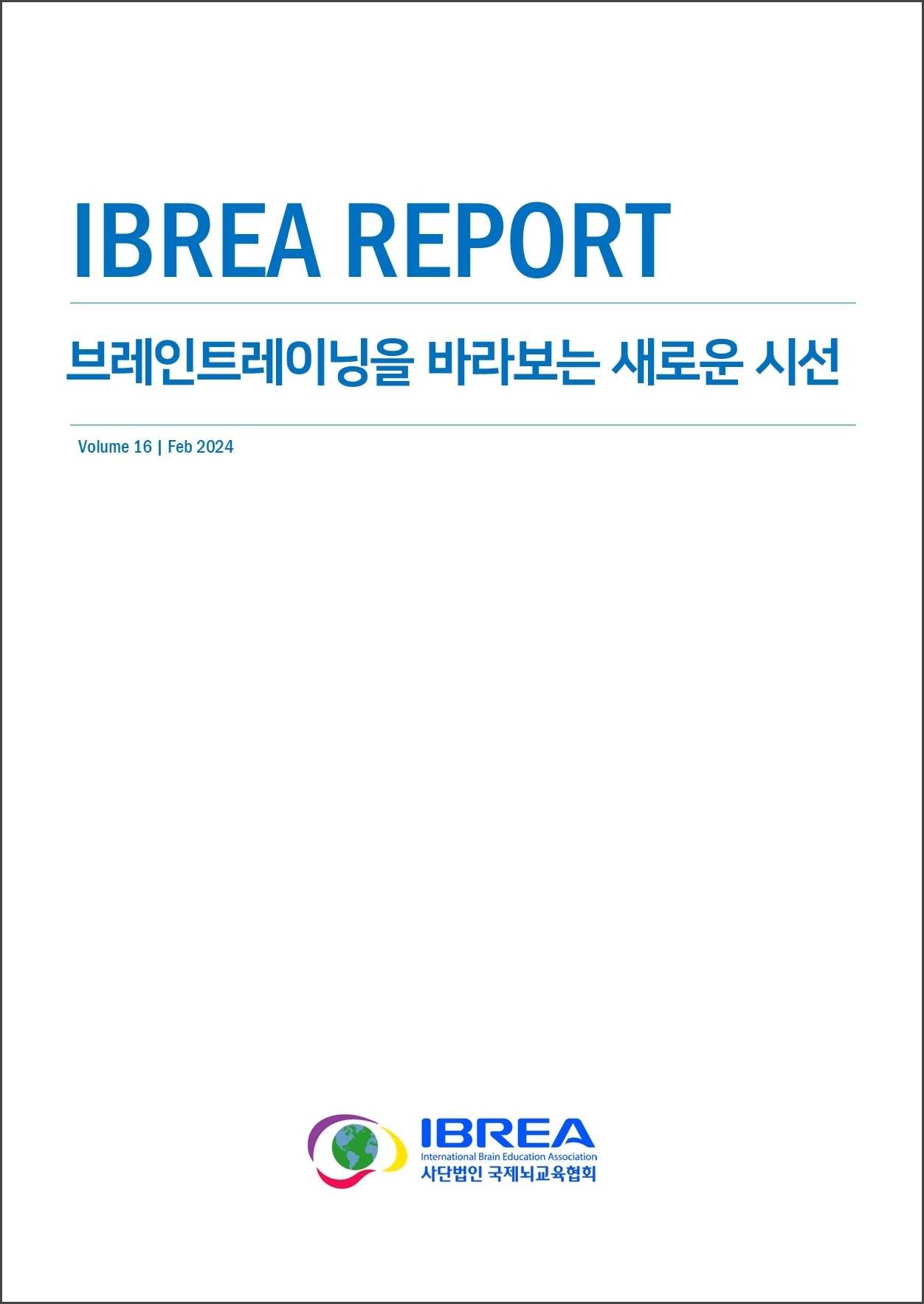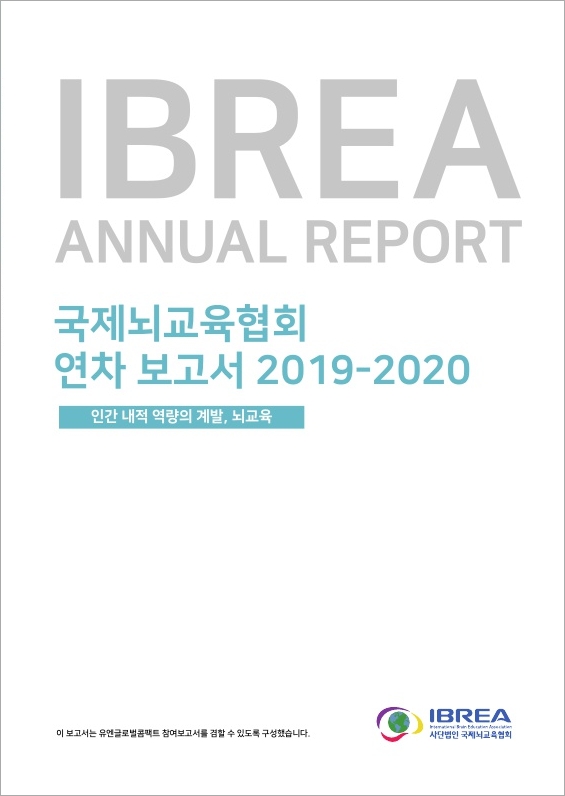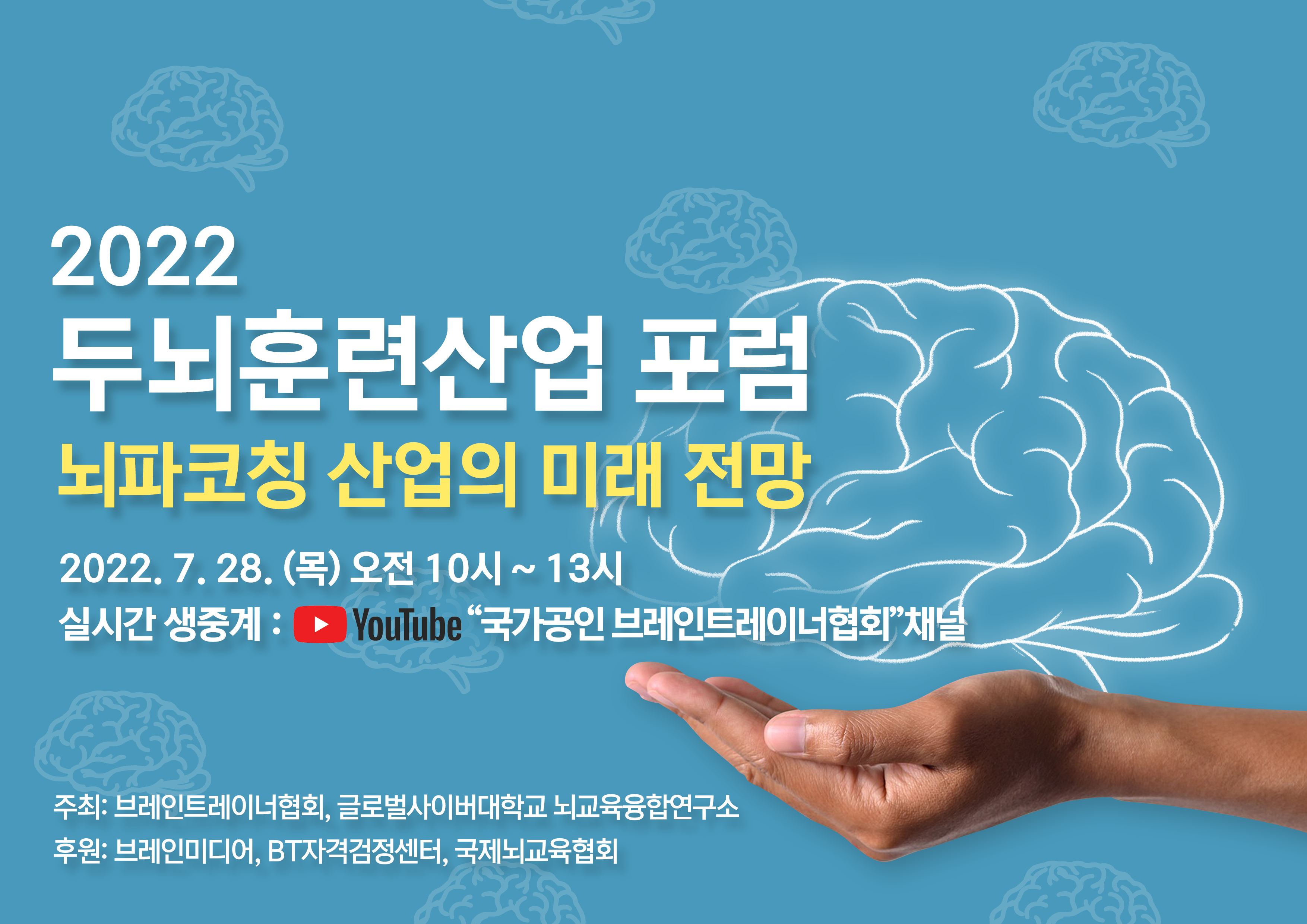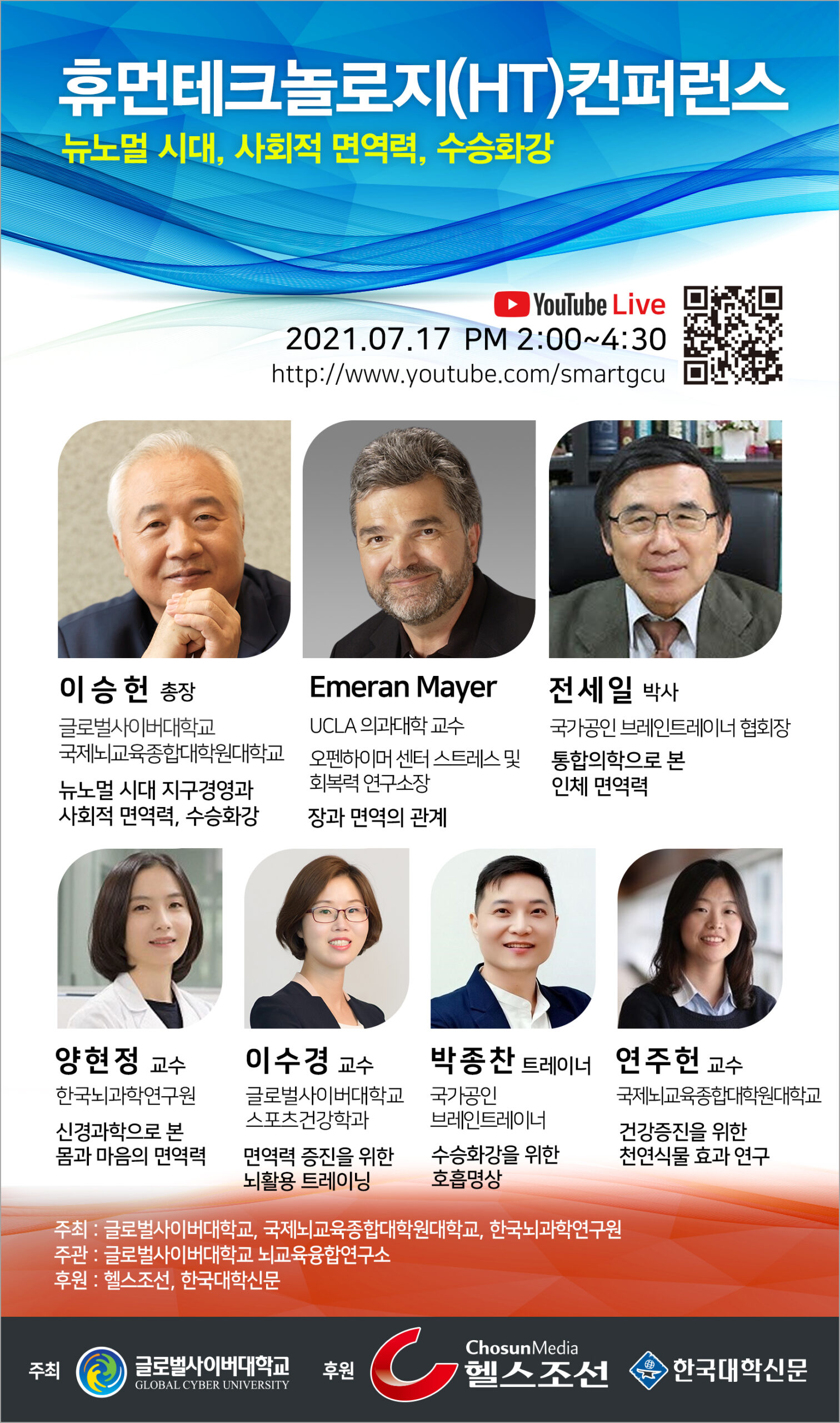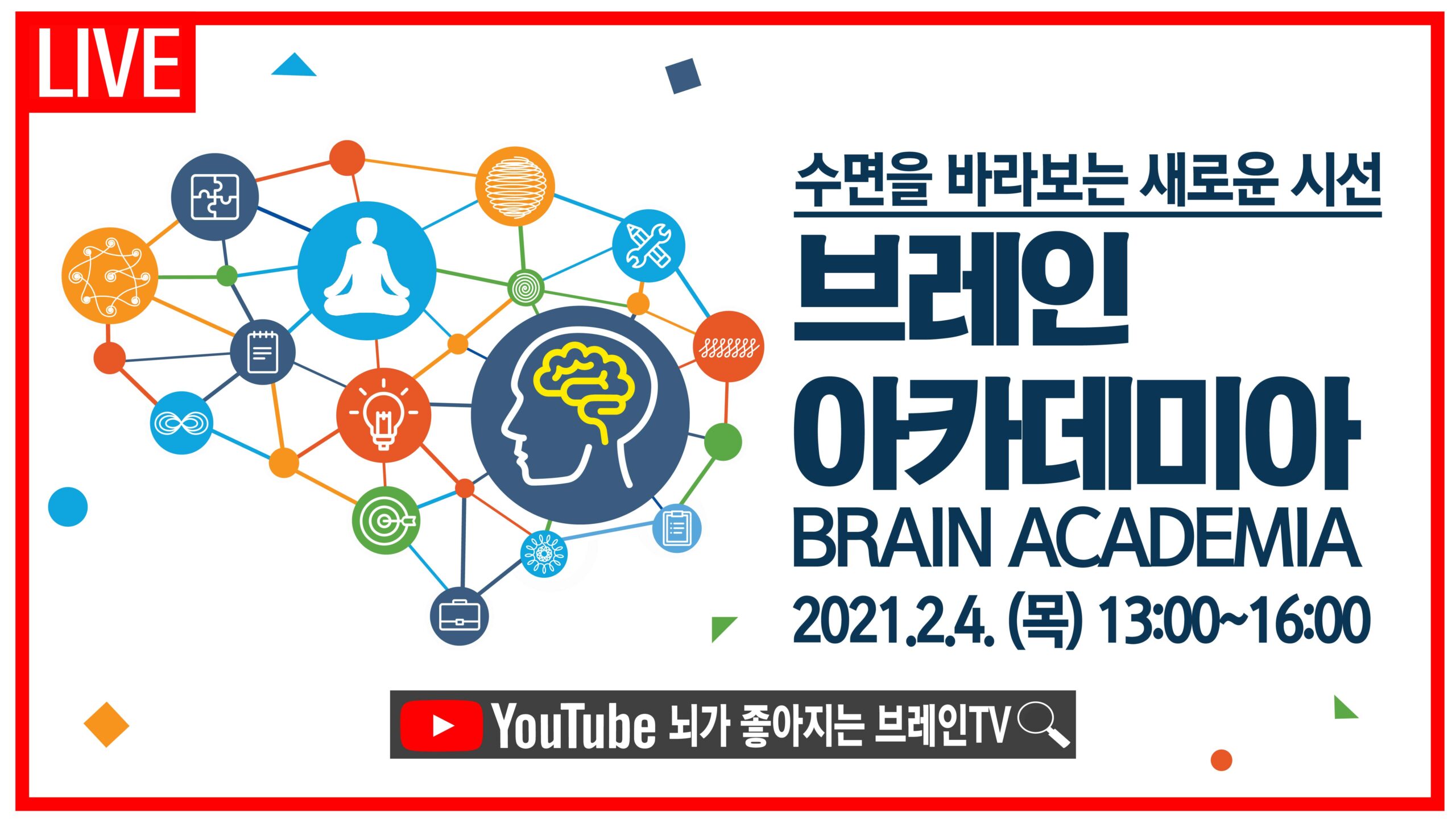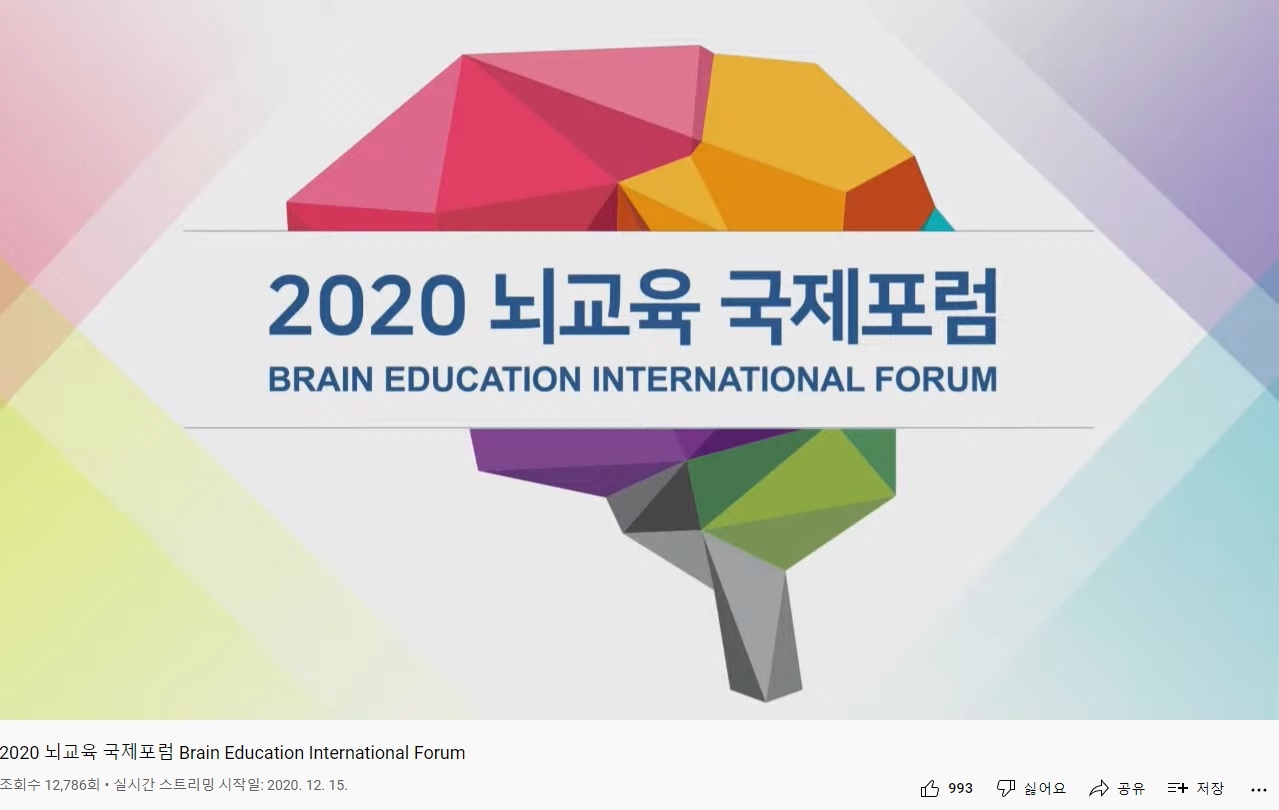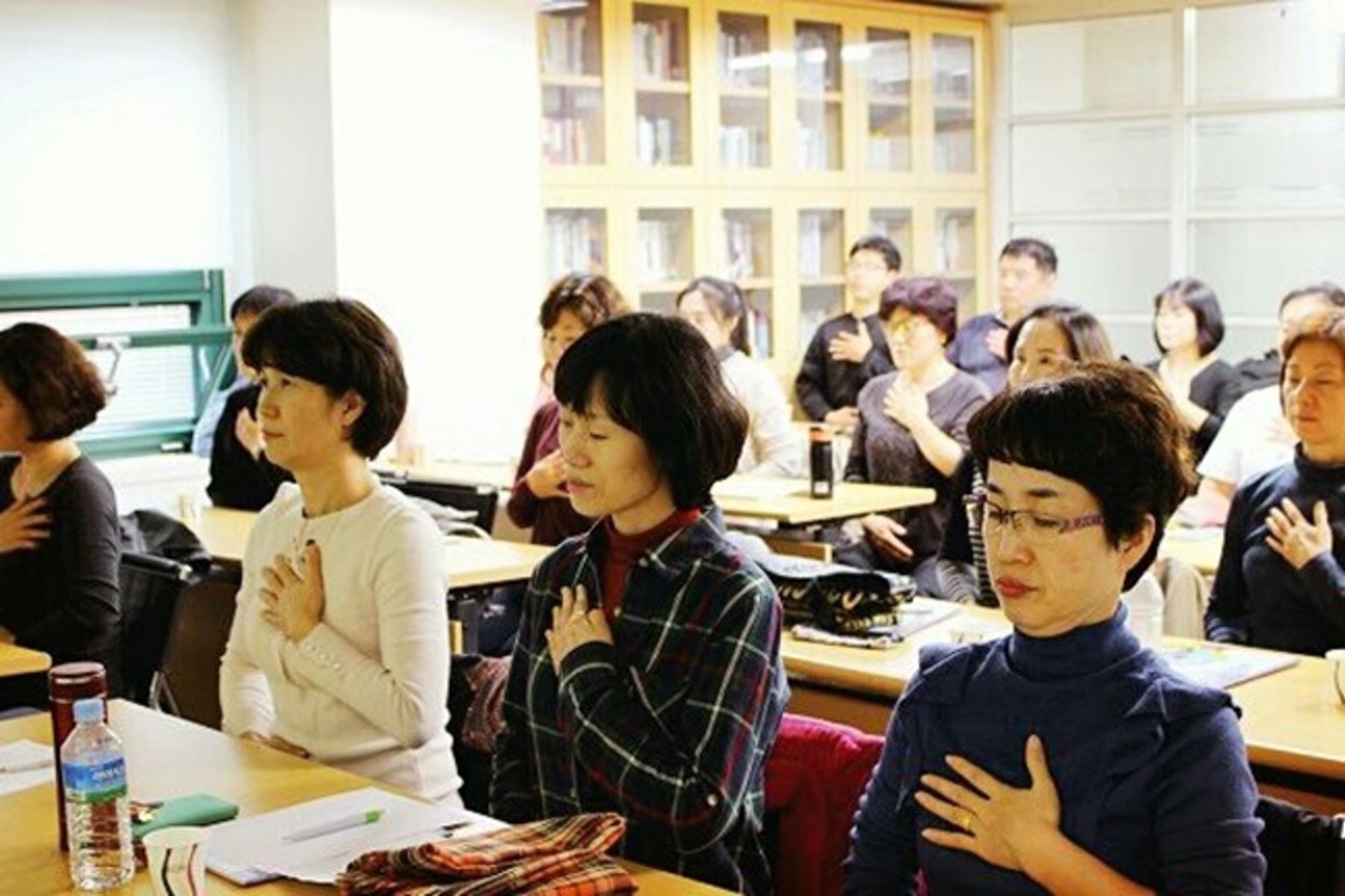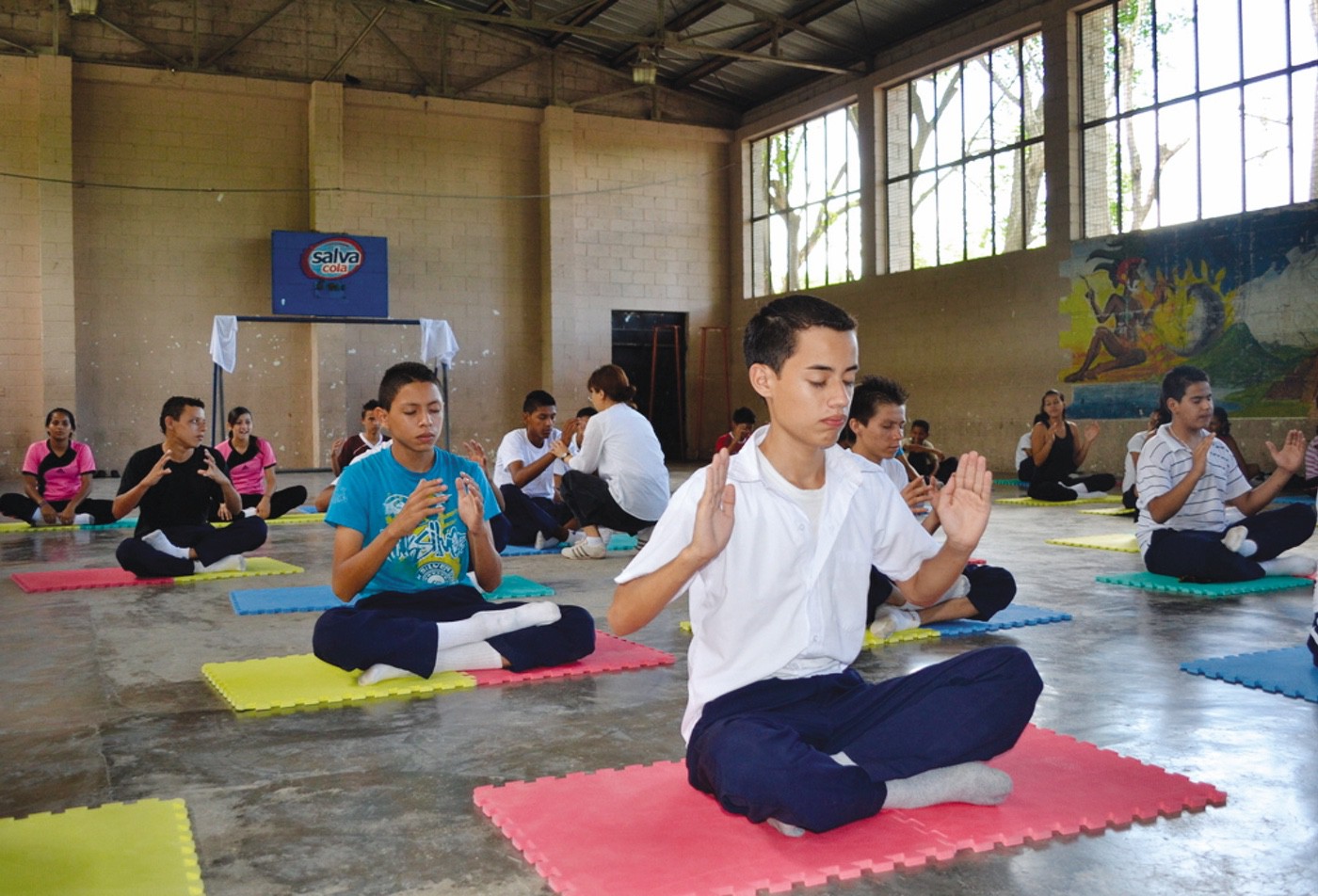최신 뉴스
더 보기 →
세계뇌주간 ‘뇌과학에서 뇌활용의 시대로’ 포럼
2024년 03월 15일
2023 브레인트레이너 컨퍼런스
2023년 12월 13일
2023년 기부금 영수증 발급 안내
2023년 12월 11일
2023 뇌교육 융합심포지엄
2023년 11월 27일
美 지구경영대학원 설립기념, 한-미 뇌교육 전문가 포럼 개최
2023년 08월 11일
브레인 100호 발행 및 회원 발송
2023년 07월 24일
블로그
더 보기 →
메타인지에 대한 허상
이제는 메타인지에 대한 환상을 걷어내고, 두뇌의 원리와 기전을 알아야 할 시대가 되었음을 이제는 인식해야 한다. 인류 과학이 밝혀낸 자연과학에 대한 이해 없이, 허상과 환상으로 점철되어 지식 기반 학습만으로 메타인지가 가능하다고 얘기하는 건 적절치 않다.
조직의 성공적 변화를 위한 21세기 리더십
코로나19에 관한 정보들이 도처에서 넘쳐나며 사람들에게 육체적, 정서적, 정신적, 그리고 영적 차원에서 영향을 미치고 있다. 듣고 읽는 정보들에 압도되기 쉬운 때다. 하지만 우리는 검증되지 않은 수많은 정보들 속에서 거짓과 진실을 구분해야 한다. 불안함 속에서도 우리는 맑은 정신으로 행동해야 한다. 불확실성의 시대에 미래를 예측하고 긍정적인 변화를 창조할 수 있는 ‘비밀의 무기’는 바로 우리 모두가 갖고 있는 뇌의 파워다.
운동의 뇌과학
과학자들은 운동을 할 때 새로운 신경세포가 정확하게 뇌의 어느 부위에서 자라는지도 주목했다. 스몰과 게이지의 실험에서는 운동을 통해 새로운 신경세포가 생성된 부위가 한곳에 집중됐다. 바로 학습과 기억을 관장하는 해마의 치상회였다. 일리노이대학의 심리학자 아서 크레이머는 첨단 뇌 촬영 기술에 힘입어 운동이 전두엽의 크기를 키운다는 사실을 입증했다. 전두엽은 알다시피 의사결정, 여러 가지 일의 동시 진행, 기획 등과 관련된 고차원적인 기능을 하는 영역.
흙을 밟지 않는 아이들, 맨발걷기로 뇌를 깨우다
‘흙을 밟지 않는 아이들’. 요즘 미래 세대를 칭하는 문구이자 압축된 고도성장에 따른 한국 사회의 단면을 보여주는 것이기도 하다. 아스팔트가 깔린 도심 속에서 우리 아이들은 흙을 얼마나 딛고 살아가고 있을까. 학생 스포츠클럽이 활성화되고 있는 최근의 교육 현장과는 별도로 자연과의 괴리감이 갈수록 커져가는 시대, 스크린으로 정보를 주고받는 디지털 사회를 살아가고 있는 미래 세대에게 필요한 것은 무엇일까.
정보센터
더 보기 →
국제뇌교육협회 연차 보고서 2019-2020
I. 국제뇌교육협회 소개
II. 인간 내적 역량 계발을 위한 뇌교육 가치 확산
III. 국제 교류 협력
IV. 뇌교육 전문가 직무 역량 표준화
V. 재무 보고
이벤트
더 보기 →
2022 두뇌훈련산업포럼: 뇌파코칭 시장의 미래와 전망
- 주제 뇌파코칭 산업의 미래 전망
- 일시 2022.7.28. | 유튜브 생중계
- 주최 브레인트레이너협회, 글로벌사이버대학교 뇌교육융합연구소
2021 휴먼테크놀로지 컨퍼런스
- 주제 뉴노멀 시대, 사회적 면역력과 수승화강
- 일시 2021년 7월 17일
- 장소 서울 일지아트홀
- 주최 글로벌사이버대학교, 국제뇌교육종합대학원, 한국뇌과학연구원
- 주관 뇌교육융합연구소
- 후원 헬스조선, 한국대학신문
2021 브레인 아카데미아: 수면 국제포럼
- 주제 수면을 바라보는 새로운 시선
- 일시 2021.2.4. | 유튜브 생중계
- 주최 한국뇌과학연구원, 브레인트레이너협회
2020 뇌교육 국제포럼
- 주제 코로나19가 바꾼 세계, 인간 역량 계발에 대한 새로운 접근
- 일시 2020.12.15. | 유튜브 생중계
- 주최 국제뇌교육협회
- 후원 글로벌사이버대학교, 국제뇌교육종합대학원대학교, 브레인트레이너협회, 브레인


